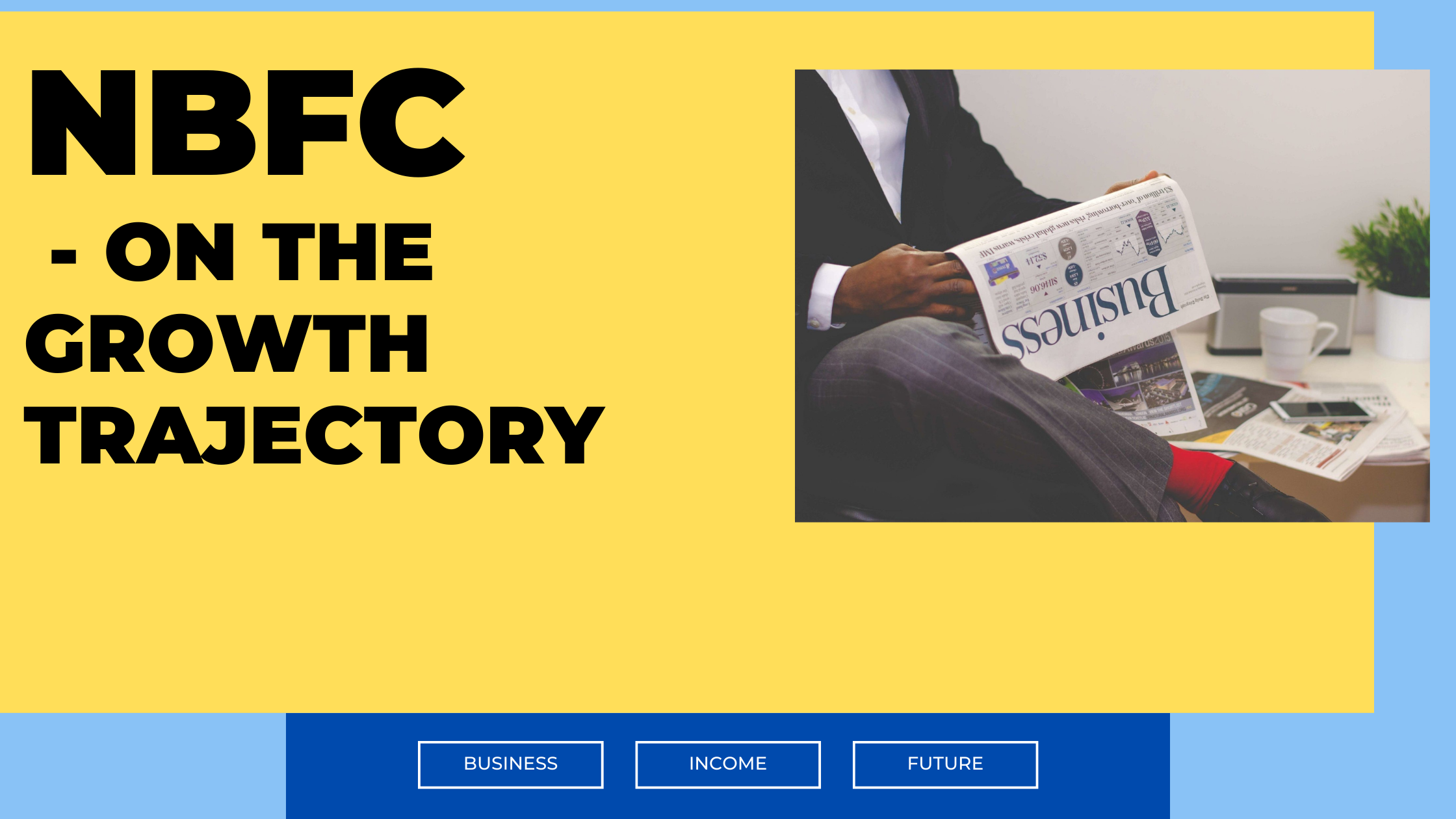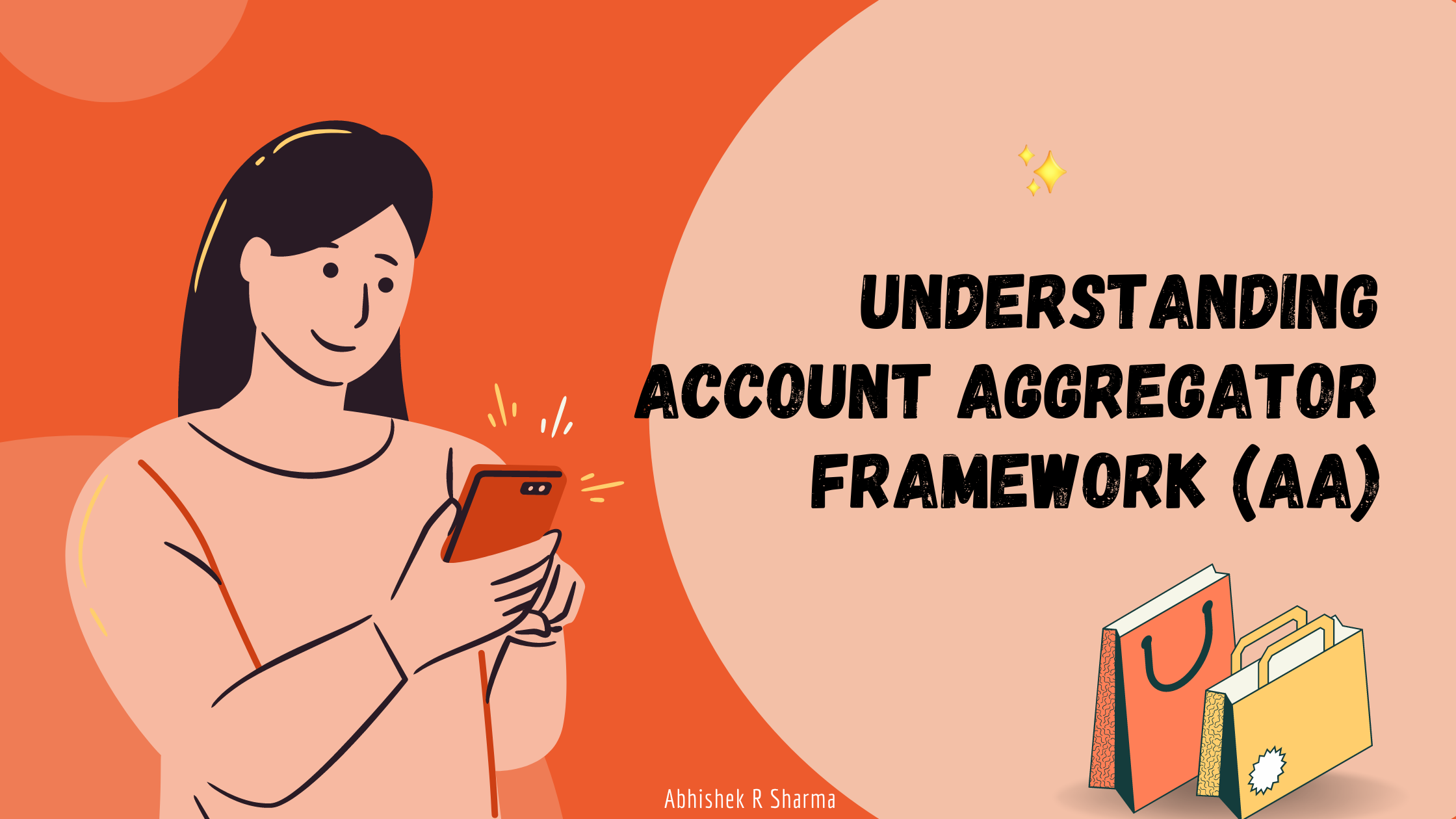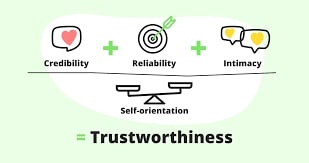NBFCs – On the growth trajectory[1]
Executive Summary
On December 24, 2019, the Reserve Bank of India (RBI) issued the “Report on Trend and Progress of Banking in India 2018-19”, the report presents the performance and salient policy measures relating to the banking sector including Non-banking financial companies (NBFC) during 2018-19 and 2019-2020 so far (till September 30, 2019). As per the report, although the NBFC sector grew in size from ₹ 26.2 lakh Crores in 2017-18 to ₹ 30.9 lakh Crores in 2018-19, the pace of expansion was lower than in 2017-18 mainly due to rating downgrades and liquidity stress in a few large NBFCs in the aftermath of the IL&FS event. This slowdown was witnessed mainly in the NBFCs- ND-SI category, whereas, NBFCs-D broadly maintained their pace of growth. However, in 2019-20 (up to September) growth in the balance-sheet size of NBFCs-ND-SI as well as NBFCs-D moderated due to a sharp deceleration in credit growth.
Also, as a forward-looking approach, the Government of India (GoI) along with RBI (Reserve Bank of India), in order to revive the NBFC Crisis, has been taking numerous steps such as providing partial credit guarantees to public sector banks to buy high-rated pooled assets of financially sound NBFCs, including housing finance companies (HFCs) and credit through National Housing Bank (NHB). Further, RBI has strengthened the asset liability management framework for NBFCs which requires them to have a strong liquidity risk management approach with granular bucketing of inflows and outflows to monitor the fund flows minutely. Furthermore, the Finance Bill 2019 through amendments in the RBI Act, 1934 conferred powers on the Reserve Bank to bolster the governance of NBFCs. In order to maintain financial stability in the financial sector, RBI is constantly engaged with NBFCs are make all possible steps toward the betterment of credit growth without compromising governance issues.
NBFCs – a brief analysis
A) Role of NBFCs in the Financial System and contribution to growth
NBFCs are classified on the basis of (a) their liability structures, (b) the type of activity they undertake, and (c) their systemic importance. Under their liability structure, NBFCs are further subdivided into NBFCs-D which are authorized to accept and hold public deposits, and non-deposit-taking NBFCs (NBFCs-ND) which do not accept public deposits but raise
Debt from the market and banks.
NBFCs play a supportive role in the entire financial system by providing credit to the unbanked, un-served mass of the country. NBFCs are supplementing the banking system by ensuring access to credit to the population in the country who do not have access to mainstream financial products and services.
The NBFCs sector has been under strict regulatory measures in recent times. At the end of September 2019, the number of NBFCs registered with the RBI declined to 9642 from 9856 at the end of March 2019. NBFCs are required to have a minimum net owned fund (NOF) of ₹ 2 Crores.
In a proactive measure to ensure strict compliance with the regulatory guidelines, the RBI has canceled the Certificates of Registration (CoR) of NBFCs not meeting this criterion. The number of cancellations of CoRs of NBFCs has substantially exceeded new registrations in recent years. During FY 2018-19, Certificates of Registration (CoR) of 1851 NBFCs were canceled against the total CoR allowed which was 166.
The consolidated balance sheet of NBFCs expanded marginally in 2018-19 and in 2019-2020 (up to September), mainly because of the down-grading of ratings and the liquidity crisis. The slowdown was mainly witnessed in the NBFCs-ND-SI (non-deposit-taking systemically important NBFCs) category, whereas NBFCs-D (deposit-taking NBFCs), maintained their expansion but marginally.
As per the analysis, there has been a decline in the number of NBFCs as also a slowdown in credit expansion, mainly due to stress scenarios and the availability of credit from banks.
B) Sectoral Credit of NBFCs
Credit extended by NBFCs continued to grow in 2018-19. The industry is the largest recipient of credit provided by the NBFC sector, followed by retail loans and services. Credit to industry and services were subdued in relation to the previous year. However, growth in retail loans continued its momentum. Over 40 percent of the retail portfolios of NBFCs are vehicle and auto loans.
C) Asset Quality in the NBFC sector
In 2018-19, NBFCs registered a deterioration in asset quality. While the gross non-performing assets (GNPAs) ratio increased, the net non-performing assets (NNPAs) ratio edged up marginally, reflecting sufficient provisioning. In 2019-2020 (up to September), the asset quality of the sector showed deterioration with a slight increase in the GNPA ratio. In terms of asset composition, the proportion of standard assets declined, part of it being downgraded to the substandard category in 2018-19. In 2019-20 (up to September), while the proportion of sub-standard assets remained unchanged, an increase in the proportion of doubtful assets was observed.
D) Profitability
The profitability in the NBFC sector can be gauged by key indicators such as Net Interest Margin (NIM), Return on Asset (ROA), and Return on Equity (ROE). In the case of NBFCs-ND-SI, the overall profitability decreased in 2018-19. However, they posted an improvement in profitability indicators in the current financial year till September 2019, on the back of a decline in other expenses.
In the case of NBFCs-D, there has been an overall improvement if NIM and profitability have improved.
E) Capital Adequacy
NBFCs are generally well capitalized, with the system-level capital-to-risk-weighted assets ratio (CRAR) remaining well above the stipulated norm of 15 percent. Despite an increase in the NPA levels, at the end of September 2019, the CRAR of NBFCs-ND-SI and NBFCs-D remained above the stipulated norm despite divergent trends.
F) Fintech Revolution in India
The fintech revolution in India has not only benefitted the banking sector it also propelled the growth in digital lending for NBFCs too. Technology-enabled innovation in financial services challenges the traditional model by lowering costs and vastly expanding financial reach. P2P lending, aggregators, and the like have changed the way financial services are being offered, but it is critical to be mindful of the embodied risks. Due to the Fintech partners, there is tough competition to leverage the technology in lending and instant sanctioning process which would benefit customers in a long way.
With the involvement of Fintech partners, there have been advancements in the credit scoring methodology which are based on algorithms in an automated environment, thus resulting in better customer service and credit in an instant manner.
G) Growth in MSME Sector
In addition to banks, NBFCs were instrumental in providing credit support to the MSME sector as defined in the MSME Act. Recently, RBI has issued an interest subvention scheme for the MSME Sector to boost the credit flow to them with the subvention of interest up to 2%. SIDBI is the nodal agency to manage the subvention scheme at the behest of the Government of India. With these schemes, the credit flow to the MSME sector would get a boost.
H) Conclusion
With the increasing use of technology, involvement of Fintech partners, and more and more digital-based model usage, the growth of the NBFCs would be in accelerated manner. The performance of NBFCs though impacted due to debt defaults due to ALM mismatch in recent times, the financial performance including profitability especially for NBFCs-D has been showing improving trends. However, the NBFCs-ND-SI would be under constant vigil of RBI to boost the credit acceleration and ensure that the risk to the market is minimized. The intervention of RBI such as in the form of subventions would alleviate the fear of stagnancy in the days to come.
The NBFC sector is supplementing the growth of credit in parallel to banks in India and is a major catalyst to the development of the country’s financial system. RBI has been constantly focussing on the improvement in the regulatory space to ensure that systemic risk is taken care of well and credit crisis is well addressed to NBFCs including the intervention by the Government of India. Based on the analysis of the sector, it can be derived that there is a long way to go, and growth possibilities coupled with the technology can be achieved and NBFCs are on the growth trajectory, in that sense.
Best regards
CA Abhishek R Sharma
Dec 29, 2019, New Delhi
Interpretations/views are personal
PS – Key fact:
The NBFC sector is dominated by NBFCs-ND-SI, which constitute 86.3 percent of the total asset size of the sector. Within this segment, government-owned NBFCs (particularly the two largest NBFCs i.e., Power Finance Corporation Limited and REC Limited) hold around two-fifths of the total assets.
**********************
[1] The article is based on the RBI Report on Trend and Progress of Banking in India 2018-19 and a relevant extract of the RBI Report is provided in the article to showcase the importance of the facts provided in the RBI report with respect to growth in NBFC Sector. (Source – RBI, 2019, RBI Report on Trend and Progress of Banking in India 2018-19)





